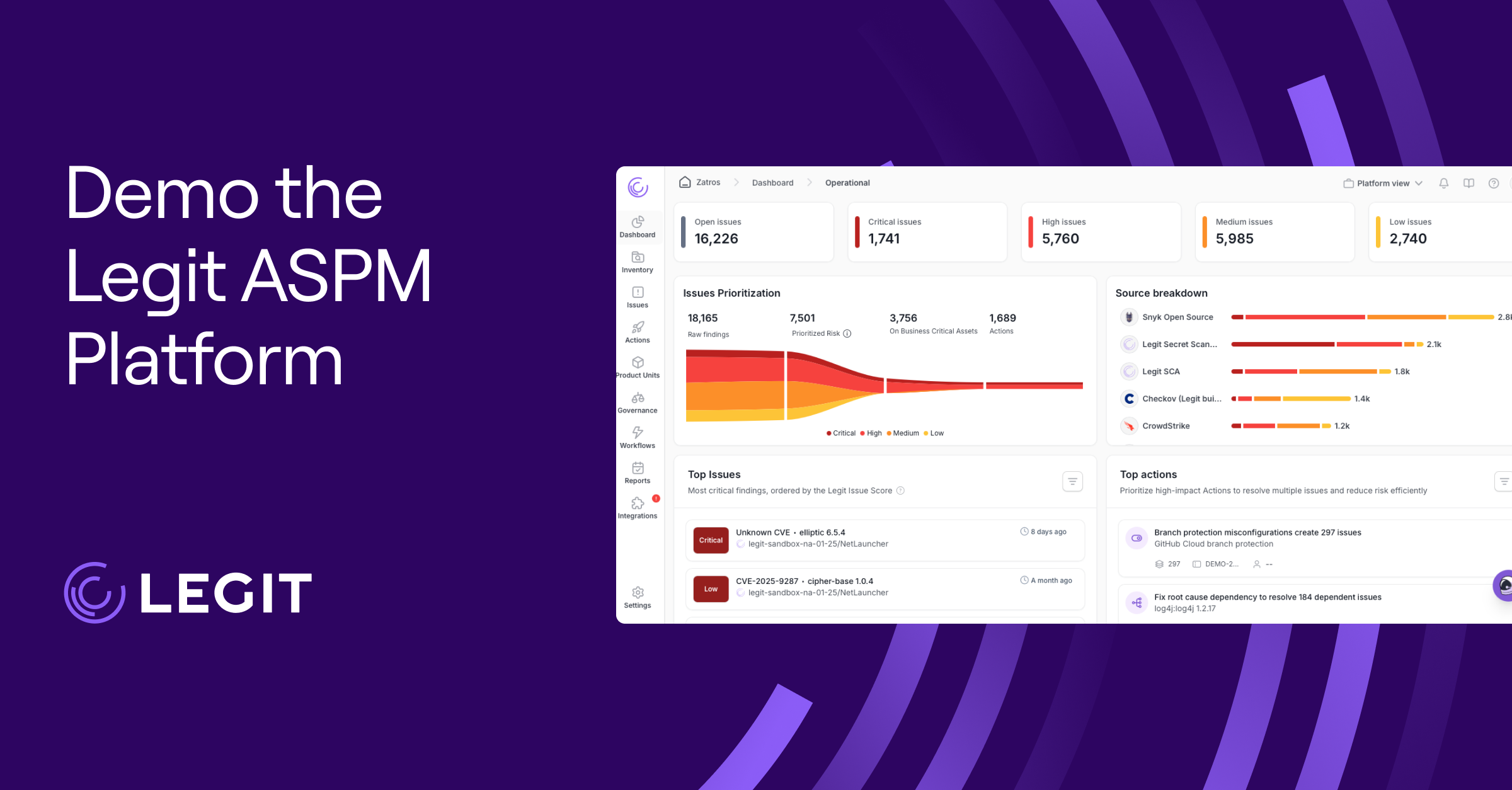The pace of technological change has created a double-edged sword for security teams. Every new artificial intelligence (AI) tool, platform, and capability opens new opportunities for innovation—while expanding attackers' ways of infiltrating systems.
Cyberattacks are now faster and harder to detect, often blending into legitimate activity until the damage is done. Understanding how AI is changing cybersecurity begins with its capacity to learn and adapt on the fly.
By processing large amounts of data and uncovering patterns that people might miss, AI can anticipate attacks, guide investigations, and strengthen defenses before threats escalate. Here’s how.
AI and Cybersecurity
AI lets computers handle the work that typically calls for human judgement, like spotting patterns and deciding on next steps. Most of what we call AI runs on machine learning (ML), where models study large datasets, spot correlations, and adjust based on feedback to improve over time.
Deep learning takes this further with layered neural networks that learn increasingly complex features from raw inputs, such as pixels or text, without hand-crafted rules. Rather than being explicitly programmed for every scenario, AI learns from data and gets better the more it analyzes.
AI in cybersecurity is no longer a separate innovation running parallel to security operations. It’s embedded in how modern defenses are built and deployed. AI systems continuously analyze network traffic, application logs, and user behavior to detect subtle anomalies that would be invisible to traditional rule-based tools. Instead of relying solely on known attack signatures, these systems learn what “normal” looks like for each environment and can flag or even contain any activity that deviates from it. This level of adaptability is central to understanding the role of AI in cybersecurity, where its ability to learn and respond can make the difference between a contained incident and a major breach.
But the same AI technology is available to cybercriminals. Threat actors are already using AI to automate vulnerability discovery and generate convincing fake content for social engineering campaigns. This creates a dual reality for cybersecurity: AI strengthens defenses, but also raises attacks' sophistication and efficiency.
Organizations that can integrate AI-driven threat detection, response, and investigation into their workflows can weaponize it. Otherwise, they risk falling behind.
Benefits of AI in Cybersecurity
When exploring the connection between AI and cybersecurity, the biggest advantage comes from how AI handles adaptability. AI can analyze vast streams of security data almost instantly, drawing connections between events that may occur seconds or continents apart.
Automation is another key advantage. AI tools can run constant security checks and filter out noise without pausing for human oversight, reducing the burden on analysts while putting safeguards in place. For teams evaluating AI cybersecurity tools, these capabilities streamline day-to-day operations while reducing response times and improving accuracy in threat detection.
When considering how AI can be used in cybersecurity, behavioral analysis plays a key role in long-term protection. By continuously learning from day-to-day activity, AI adapts its understanding of normal operations and fine-tunes alerts over time.
AI Security Risks: How Does AI Affect Cybersecurity?
AI’s speed and adaptability make it invaluable for defenders, but those same qualities are just as appealing to attackers. Threat actors are using AI in cybersecurity offensively to refine existing tactics and create new ways to breach systems.
Here are some of the most pressing risks:
Password Hacking
Hackers use AI to supercharge traditional password cracking methods. ML models can analyze datasets of stolen credentials—often sourced from previous breaches and dark web marketplaces—to identify common patterns and optimize password guessing strategies. By applying these insights when attacking stolen password hashes, AI drastically reduces the time needed to crack these hashes.
Deepfakes
AI-powered deepfakes combine advanced audio and video manipulation to create convincing forgeries. Criminals have used deepfakes to impersonate executives, tricking employees into authorizing large wire transfers or revealing sensitive data. Because these fakes can be deployed instantly across video calls or social media, they pose a reputational and financial threat to organizations.
Phishing Attacks
Generative AI tools can write flawless, personalized phishing emails in seconds. Instead of clumsy or poorly worded scams, these messages mimic a specific target’s communication style or reference relevant projects, making them far harder to detect. Attackers may even use AI to identify high-value targets through open source intelligence (OSINT) and tailor for maximum credibility, raising the urgency for better defenses against GenAI security risks and LLM threats.
Malware Creation
AI is making it easier for attackers to create and adapt malicious software—from lightweight payloads to fully functioning reverse shells. By training on known exploits and malware samples, AI can create new variants that bypass signature-based detection tools. It can also modify code on the fly to avoid sandbox analysis, making it harder for defenders to spot the threat before it executes. This allows attackers to move from reconnaissance to exploitation faster.
How Is Cybersecurity Enhanced With AI?
AI is changing how security teams operate, delivering faster, smarter, and more adaptive defenses. Below are some of the ways organizations are putting it to work in day-to-day security operations:
- AI-driven code scanning finds vulnerabilities faster: AI-driven static and dynamic analysis tools examine codebases in seconds, spotting flaws that manual reviews can overlook. This shortens remediation cycles and keeps risky code out of production.
- Teams can accelerate threat detection and incident response: By using AI to process network traffic, endpoint activity, and system logs in real time, teams can spot suspicious behavior within seconds and contain incidents before they spread.
- Automating routine tasks reduces analysts workload: AI handles repetitive tasks like triaging alerts or applying patches, freeing human analysts to focus on complex investigations and long-term strategy.
- Zero Trust access controls stay sharp with AI monitoring: AI can continuously verify user and device identities, watch for anomalies, and adapt access controls based on real-time context. Applying these same verification principles to external AI models in your SDLC keeps models and data trustworthy.
- Predictive intelligence anticipates attacks: AI models learn from historical incidents, threat intelligence feeds, and LLM security best practices to forecast likely attack patterns and deploy countermeasures.
Protect Your Systems With Legit’s AI-SPM Platform
Legit Security’s AI Security Posture Management (AI-SPM) platform is built for today’s cybersecurity and AI environment. It continuously monitors your SDLC to uncover vulnerabilities and risky AI model integrations—before they become exploitable entry points.
With AI-SPM, you can streamline protection across every stage of your SDLC, from secure coding and dependency management to automated policy enforcement in CI/CD workflows. The platform adapts as threats evolve, applying advanced detection logic that improves with each incident it analyzes. This approach strengthens collaboration between security, DevOps, and engineering teams to keep innovation moving without sacrificing security.
Request a demo today to learn more.
Download our new whitepaper.


